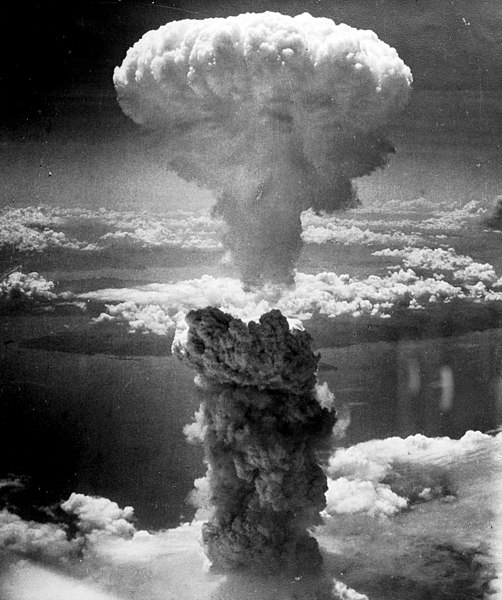Imperial Japanese Navy in World War II
During World War II, at the beginning of the Pacific War in December 1941, the Imperial Japanese Navy (IJN) was the third most powerful navy in the world, and the naval air service was one of the most potent air forces in the world. During the first six months of the war, the IJN enjoyed spectacular success inflicting heavy defeats on Allied forces, being undefeated in every battle. The attack on Pearl Harbor crippled the battleships of the US Pacific Fleet, while Allied navies were devastated during Japan's conquest of Southeast Asia. Japanese Navy aircraft operating from land bases were also responsible for the sinkings of HMS Prince of Wales and HMS Repulse which was the first time that capital ships were sunk by aerial attack while underway. In April 1942, the Indian Ocean raid drove the Royal Navy from South East Asia. After these successes, the Japanese now concentrated on the elimination and neutralization of strategic points from where the Allies could launch counteroffensives against Japan's conquests. However, at Coral Sea the Japanese were forced to abandon their attempts to isolate Australia while the defeat at Midway saw them forced on the defensive. The campaign in the Solomon Islands, in which the Japanese lost the war of attrition, was the most decisive; they had failed to commit enough forces in sufficient time.

Isoroku Yamamoto, on board the battleship Nagato in 1940. Yamamoto was responsible for changing the IJN's strategy from a passive one to a more offensive one, with his advocacy of attacking the U.S. Pacific fleet at Pearl Harbor.
A Mitsubishi A6M Zero fighter on the carrier Akagi
The IJN in the Indian Ocean. Ships shown from left to right are: Akagi, Sōryū, Hiryū, Hiei, Kirishima, Haruna, and Kongō. Taken from the Zuikaku, March 30.
Japanese carrier dive bombers head towards the reported position of American carriers on May 7.
The Pacific War, sometimes called the Asia–Pacific War or the Pacific Theater, was the theater of World War II that was fought in eastern Asia, the Pacific Ocean, the Indian Ocean, and Oceania. It was geographically the largest theater of the war, including the vast Pacific Ocean theater, the South West Pacific theater, the Second Sino-Japanese War, and the Soviet–Japanese War.
Image: Raising the Flag on Iwo Jima, larger edit 1
Image: Carrier shokaku
Image: Nagasakibomb
Image: USS Bunker Hill hit by two Kamikazes








